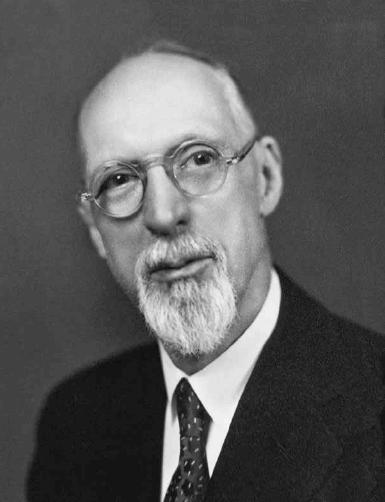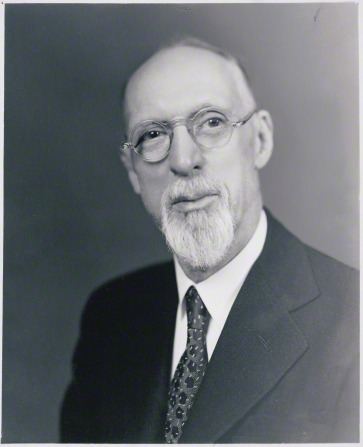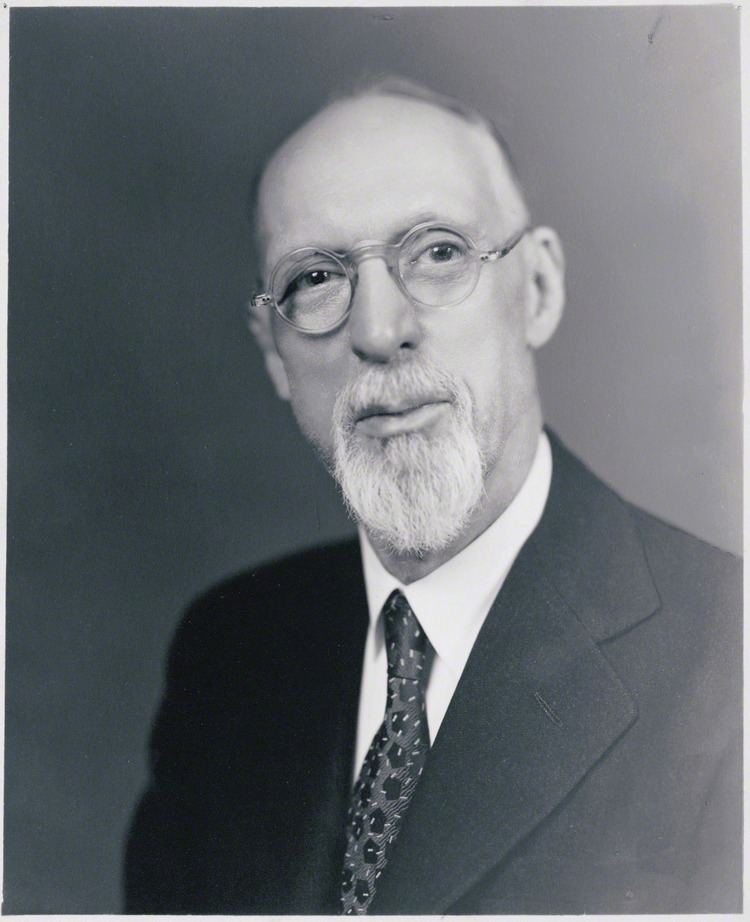Name George Smith Called by Joseph F. Smith | ||
 | ||
End reason Became President of the Church Reason Death of Brigham Young, Jr. Books Teachings of George Albert Smith, Sharing the Gospel with Others: Excerpts from the Sermons of President Smith Similar People Heber J Grant, Lorenzo Snow, George A Smith, John Taylor, Wilford Woodruff | ||
Mormon history lds mormon prophet george albert smith 1 2
George Albert Smith Sr. (April 4, 1870 – April 4, 1951) was an American religious leader who served as the eighth president of The Church of Jesus Christ of Latter-day Saints (LDS Church).
Contents
- Mormon history lds mormon prophet george albert smith 1 2
- Testimony of George Albert Smith
- Early life
- Marriage and family
- LDS Church service
- Administration as President of the Church
- Emotional illness
- Death and legacy
- Works
- References

Testimony of George Albert Smith
Early life

Born in Salt Lake City, Utah Territory, Smith was one of nineteen children of Mormon apostle John Henry Smith. His mother, Sarah Farr, was the first of John Henry Smith's two wives (who he had simultaneously for many years). His grandfather, for whom he was named, was also an LDS Church apostle as well as a cousin of church founder Joseph Smith. John Henry Smith and George Albert Smith are the only father and son pair to have been members of the Quorum of the Twelve at the same time, having served in the Quorum together between 1903 and 1910.

In his youth, Smith worked at the Zions Cooperative Mercantile Institution factory and traveled throughout Utah as a salesman. Smith attended high school at Brigham Young Academy, graduating in 1884. He then studied law at University of Deseret (later the University of Utah) for a year. His work as a Salesman for ZCMI involved a long on a long trip, starting at Panaca, Navada and moving north-eastward, with Smith taking grocery orders while his associate James Poulton took shoe orders. Smith also gave many inpromtu concerts on this sales trip, playing on harmonica and guitar with Moulton accompanying on the flute. During this journey Smith would regularly attend LDS Church services on Sunday's in the towns he passed through coming north from Panaca. He would be regularly invited to give a talk while visiting.
In 1896, he had joined the Republican Party and campaigned for William McKinley, who became President of the United States. He was appointed as a receiver for the Land Office in Utah in the years 1897 and 1902.
While surveying for a railroad as a young man, Smith's eyesight was permanently impaired by glare from the sun. After 1903, Smith found his frequent travels debilitating and began to show prominent symptoms of physical weakness. He was eventually diagnosed with lupus erythematosus, a chronic debilitating autoimmune disease.
Smith was known for his patriotism and joined various American patriotic groups. He was also an ardent supporter of the Boy Scouts. In 1934, the National Council of the Boy Scouts of America awarded him the prestigious Silver Buffalo Award. Smith was an avid genealogist and family historian and was named national vice president of the Sons of the American Revolution in 1922.
Marriage and family
On May 25, 1892, Smith married Lucy Emily Woodruff, a granddaughter of Wilford Woodruff, in the Manti Temple. The couple later had three children. Lucy had spent much of her time growing up in the household of her grandfather and looked on him as almost more of a father than a grandfather. Smith's son, George Albert Smith, Jr., became a professor at Harvard Business School.
LDS Church service
Just prior to his marriage to Lucy, Smith served as a Mutual Improvement Association missionary throughout many areas in Southern Utah. He was set apart as a missionary on September 7, 1891. He was assigned to serve with William B. Dougall, Jr., who was a grandson of Brigham Young. They were assigned to the 4 stakes that covered Juab, Millard, Beaver and Iron counties. The assignment was to increase attendance and participation in MIA, both the YM MIA and YW MIA.
Smith and his new wife, Lucy, were missionaries in the LDS Church's Southern States Mission, with J. Golden Kimball as their president, from 1892 to 1894. Smith was appointed mission secretary. Initially when Smith left to serve in the Southern States mission on June 23, 1892, he left his wife Lucy behind in Salt Lake City.
Smith's first assignment in Tennessee was to serve in the Middle Tennessee District, covering the area in and around the city of Nashville. It was intended he would assume the position of mission secretary, essentially chief assistant to the mission president, in August. It was also planned for his wife to join him at that time. Kimball however felt that Smith needed more training in the mission field before being joined by his wife, and so did not allow Mrs. Smith to join her husband until November.
Smith was called as a member of the Quorum of the Twelve Apostles in 1903. From 1920 until 1923 Smith served as president of the church's British and European missions. In this capacity, he preached in the United Kingdom, Ireland, France, the Netherlands, Switzerland, and Germany. From 1921 to 1935, Smith was the general superintendent of the church's Young Men's Mutual Improvement Association. In 1935 he was succeeded in this position by Albert E. Bowen.
With the death of quorum president Rudger Clawson in 1943, Smith was sustained as President of the Quorum of the Twelve Apostles and served in the position for two years.
Administration as President of the Church
With the death of Heber J. Grant, Smith became president of the church on May 21, 1945. When World War II ended, Smith helped send supplies to Europe and was also known for his efforts to revitalize missionary work. He publicly denounced the activities and political influence of the American Ku Klux Klan. Smith dedicated the Idaho Falls Temple on September 23, 1945. Over his lifetime, he traveled approximately a million miles fulfilling church assignments.
Smith was the first church president to visit Mexico while in office. He went there to complete the reconciliation of and return to the church a group of apostates in Mexico known as the "Third Conventionists".
Emotional illness
While not common knowledge among contemporary members of the LDS Church, nor even in Smith's day, it was well known to his close friends, church associates, and family members that Smith suffered from chronic depression and anxiety, which at times could be debilitating, including one nervous breakdown that left him largely bedridden from 1909 to 1912. Throughout his life, Smith took to his bed, sometimes for days at a time, with emotional and mental illness related issues. Smith professed that these experiences helped deepen his understanding of the Gospel and personal belief in the existence of God, stating in a 1921 general conference session, "I have been in the valley of the shadow of death in recent years, so near the other side that I am sure that for the special blessing of our Heavenly Father I could not have remained here. ... The nearer I went to the other side, the greater was my assurance that the gospel is true."
According to Mary Jane Woodger:
"Those close to George Albert Smith were aware of some emotional problems. Grandchild George Albert Smith V suggests that his grandfather struggled with depression, feeling incompetent, and being overwhelmed. There were times when 'he just could not pull it all together.' Another granddaughter, Shauna Lucy Stewart Larsen, who lived in George Albert’s home for twelve years as a child, remembers that 'when there was great, tremendous stress, mostly [of] an emotional kind, it took its toll and he would literally have to go to bed for several days.' Grandson Robert Murray Stewart remembers, 'There were problems associated with his mental health, just maintaining control of himself.' Given what seems to be George Albert’s emotional fragility, physical illness may have been a socially acceptable way for him to retreat, rest, and regroup before tackling his responsibilities again with renewed determination."
Death and legacy
In March 1951, Smith suffered a stroke that left him mostly paralyzed on the right side of his body, and gradually deteriorated until his death on April 4, 1951, his 81st birthday. He was buried at Salt Lake City Cemetery.
Smith's teachings as an apostle were the 2012 course of study in the LDS Church's Sunday Relief Society and Melchizedek priesthood classes.
